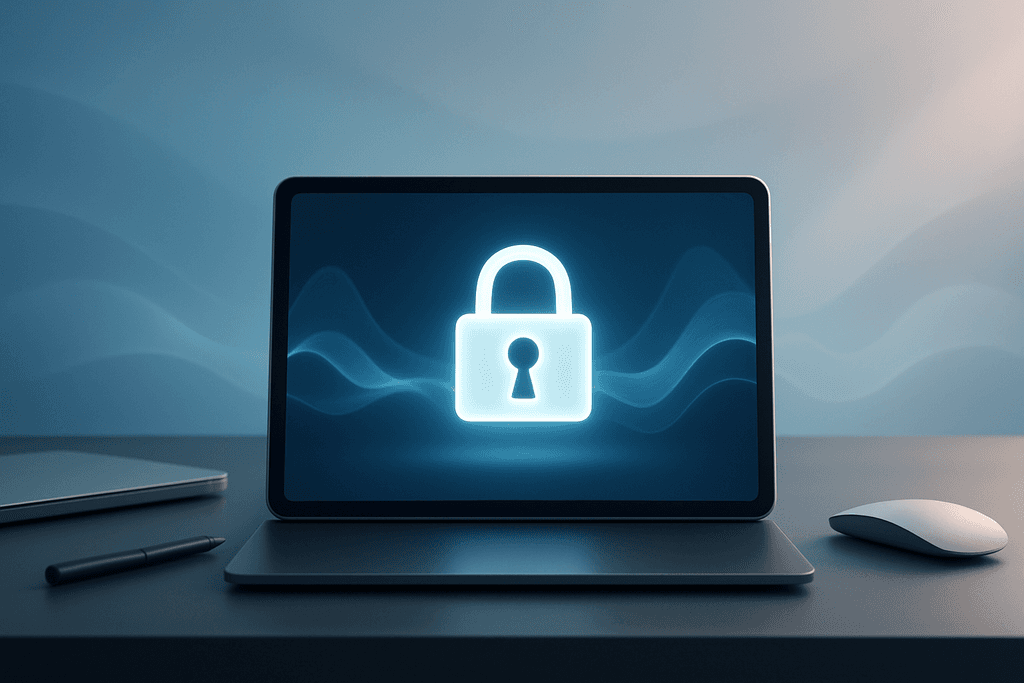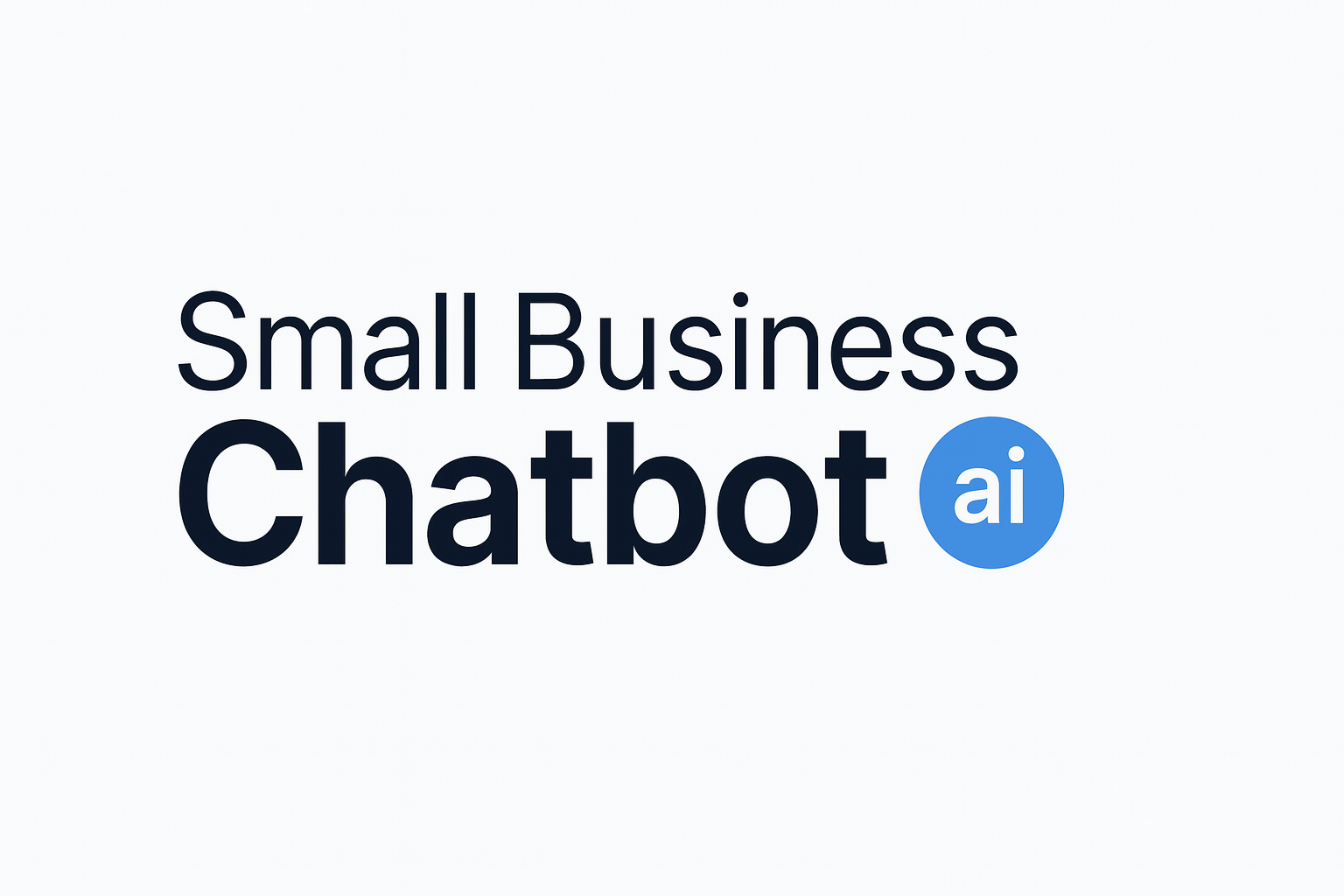When you’re in the field cutting keys or handling a lockout, every interruption costs time. An AI receptionist can answer and screen calls 24/7, block spam, collect job details, and book appointments—so you focus on paid work, not phone tag.
Try Small Business Chatbot free
Why call screening matters for locksmiths
Locksmiths get a mix of emergencies, quick price checks, vendor pitches, and spam. Sorting that mix in real time is costly. The right AI receptionist filters junk, qualifies real jobs, and routes true emergencies to the on‑call tech—without pulling you off the road.
Data points that show the need:
- U.S. consumers received an estimated 52.8 billion robocalls in 2024—noise your business shouldn’t waste time on (YouMail Robocall Index, 2025).
- The FTC logged over 2 million Do Not Call complaints in FY 2024, underscoring how unwanted calls clog lines (FTC, 2024).
What an AI receptionist actually does
Built specifically for small service businesses, an AI receptionist such as Small Business Chatbot’s voice agent can:
- Answer 24/7 so after‑hours lockouts still get a fast, professional response.
- Screen calls using smart prompts to separate emergencies, price shoppers, and spam.
- Collect job details like address, lock type, vehicle make/model, and best callback number—automatically saved to your inbox and CRM.
- Book appointments by text and confirm slots without back‑and‑forth.
- Route or escalate true emergencies to your fallback number or on‑call technician.
- Filter spam so your team only gets qualified conversations.
Because it’s configurable, you can tailor voice, tone, service area, pricing ranges, and escalation rules to match your brand. See where it connects by exploring integrations.
Locksmith call workflows it can handle
1) Emergency lockout (home, business, or auto)
- Verifies location and safety (“Is anyone in danger? Any children or pets inside?”).
- Collects essentials: address, unit/parking details, lock or vehicle type, proof‑of‑residency process at arrival.
- Checks availability, gives ETA window, and escalates to on‑call when necessary.
Safety first: for life‑threatening situations (e.g., a child locked in a vehicle), the AI instructs the caller to dial emergency services immediately and escalates the call to your on‑call line.
2) Price shoppers and quotes
- Asks qualifying questions (location, lock type, time window) to give a ballpark estimate.
- Explains final price depends on onsite assessment (no surprises for you or the customer).
- Offers to text a booking link, then follows up if the customer doesn’t schedule.
3) Non‑urgent jobs (rekeys, keypad installs, master systems)
- Collects scope (doors, cylinders, brands) and preferred timing.
- Books a visit or schedules a video walkthrough to save an extra trip.
4) Vendor calls and spam
- Politely declines or routes per your rules.
- Maintains a blocklist to reduce future interruptions.
Quick setup checklist
- Pick a local number and set your service radius (primary ZIPs/neighborhoods).
- Define emergency vs non‑emergency rules and your on‑call schedule.
- List qualifying questions by job type (lockouts, rekeys, auto, commercial).
- Set ballpark price ranges and clear disclaimers.
- Choose escalation triggers (e.g., “urgent,” “child,” “locked in car”).
- Connect your calendar/CRM so transcripts and bookings are saved automatically.
Research highlight
Stats worth your attention:
- Home services phone leads convert at up to 46%, so answering every qualified call really matters (Supply House Times summarizing Invoca, 2025).
- The median U.S. receptionist wage was $17.90/hour in May 2024 (U.S. Bureau of Labor Statistics, 2024).
- AI‑generated voices in robocalls were ruled illegal on Feb 8, 2024—good news for screening out voice‑clone spam (FCC, 2024).
Compliance, privacy, and trust
Good AI receptionists follow your policies and the law. With Small Business Chatbot you can keep call data in U.S. or Canadian regions, set retention windows, and decide exactly which jobs trigger an immediate human transfer. The FCC’s 2024 ruling clarifies that AI‑generated voices used in robocalls are treated as “artificial voices” under the TCPA; your inbound AI receptionist helps you screen those out, protecting your team and customers (FCC, 2024).
Time and ROI math (with examples)
These are illustrative examples—plug in your own averages to personalize the math.
Example A: After‑hours capture
- Missed calls per week after hours: 10
- Historical phone conversion rate (home services benchmark): ~46%
- Potential extra jobs captured: 10 × 0.46 ≈ 4–5 per week
If your average lockout ticket is $120–$180, that’s roughly $480–$900 in weekly revenue you were leaving on the table.
Example B: Time saved from spam/low‑value calls
- Inbound calls per day: 20; spam/low‑value share: 25% (≈5 calls)
- Manual screening time per call: 90 seconds → 7.5 minutes/day
- Annualized (250 workdays): ~31 hours saved—nearly a workweek you get back
Compare staffing costs
A full‑time receptionist at the U.S. median of $17.90/hour is ~$37,232/year before taxes and benefits. An AI receptionist provides 24/7 coverage and scales to multiple concurrent calls at a fraction of that, with no overtime (BLS, 2024).
Choosing AI vs live receptionist vs IVR
| Option | Pros | Trade‑offs | Best for |
|---|---|---|---|
| AI receptionist | 24/7, handles multiple calls, consistent triage, automatic transcripts and booking | Needs clear setup and testing | Busy locksmiths who want fewer interruptions and more booked jobs |
| Live receptionist service | Human empathy, flexible for complex situations | Per‑minute costs; limited after‑hours; can still pass through spam | Firms with unusual, high‑touch cases in business hours |
| Traditional IVR (“press 1”) | Low cost | Scripted; poor at free‑form emergencies; many hang‑ups | Simple routing for low call volume |
Why Small Business Chatbot stands out for locksmiths: sub‑1.2‑second responses, spam filtering, 10+ realistic voices, text‑to‑book links, and integrations for calendars and CRMs. See customer reviews from owners like you.
Implementation steps
- Choose your number and voice. Pick a local area code and the personality that fits your brand.
- Define triage logic. Emergency keywords, service radius, and escalation targets.
- Set price guidance. Clear ranges and disclaimers for common jobs (e.g., lockouts vs rekeys).
- Connect tools. Sync calendar/CRM so every transcript and booking lands where your team already works. Explore integrations.
- Test with real scenarios. Run through an auto lockout, a late‑night apartment lockout, and a low‑value vendor call.
- Go live and iterate. Review transcripts weekly, update prompts, and refine blocklists.
Frequently asked questions for locksmiths
1) Will an AI receptionist handle emergencies correctly?
Yes—if you define the rules. It can surface safety questions, escalate to your on‑call tech, and advise callers to dial emergency services when someone’s at risk.
2) Can it reduce price‑shopper calls?
It asks qualifying questions and explains pricing ranges, then offers to text a booking link. Many tire‑kickers either schedule or drop off—saving you time.
3) How does it prevent spam?
It uses blocklists, call‑reputation checks, and scripted refusals for vendor pitches. You can update rules anytime as patterns change.
4) What about ID and authorization?
Include your policy in the script: e.g., “Technician will request a photo ID and proof of residence or authorization on arrival.” The AI can repeat this so customers are ready.
5) Is it bilingual?
Small Business Chatbot supports English and Spanish today, with additional languages expanding—ideal for diverse service areas.
6) Can it send appointment confirmations and reminders?
Yes. It can text booking links during the call and send confirmations or reminders afterwards, reducing no‑shows.
7) Does it keep recordings and transcripts?
You control retention. Store transcripts longer for training/quality, or set shorter windows for privacy preferences.
Wrap‑up
Locksmith work demands focus and speed. An AI receptionist takes the phone burden off your plate—screening out spam, capturing real jobs, and booking customers around the clock. You’ll get more work done with fewer interruptions and a better customer experience.


